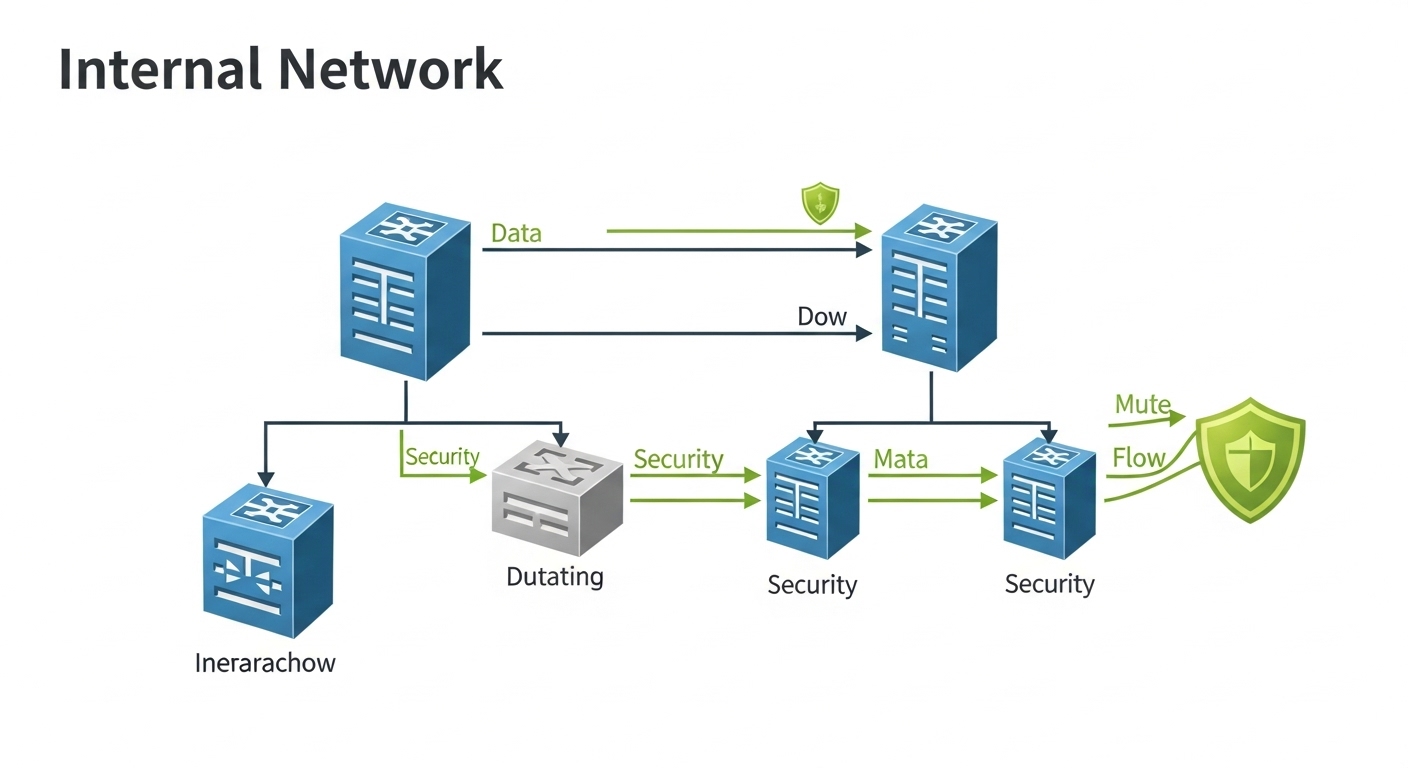In the world of computer networking, certain IP addresses and ports play a crucial role in managing, securing, and maintaining connectivity between systems. One such combination is 172.16.252.214.4300, which often appears in private networks and internal configurations. While it may look complex, understanding what it represents and how it functions can help both IT professionals and curious learners navigate network management more effectively.
What Is 172.16.252.214.4300?
To understand 172.16.252.214.4300, we need to break it down into two main components: the IP address (172.16.252.214) and the port number (4300). The IP address belongs to the range of private IPs used for local networks, as defined by the Internet Assigned Numbers Authority (IANA). The port number 4300, on the other hand, specifies a particular communication endpoint used by applications or services on a networked device. Together, 172.16.252.214.4300 identifies a specific point of connection within a private network environment, allowing systems to exchange information securely and efficiently.
The Importance of Private IPs in Local Networks
Private IP addresses like the one in 172.16.252.214.4300 are used internally within organizations to manage communications between computers, routers, and servers without exposing them directly to the internet. This design ensures a layer of protection against unauthorized access while improving network efficiency. When configured properly, 172.16.252.214.4300 helps maintain seamless internal communication between devices, especially in large offices or enterprise systems where hundreds of devices rely on stable internal routing.
How 172.16.252.214.4300 Works in a Network
When a device sends or receives data using 172.16.252.214.4300, it communicates through port 4300, which defines how the information is handled. For example, if a local application or database server is listening on port 4300, it knows that any incoming request directed to 172.16.252.214.4300 should be processed by that specific service. This system helps networks differentiate between various applications running on the same machine. Essentially, 172.16.252.214.4300 acts as an address-and-port pair that ensures accurate and efficient data transmission.
Common Use Cases of 172.16.252.214.4300
In practical terms, 172.16.252.214.4300 is often used in testing environments, internal server configurations, and administrative systems. Developers may assign this IP and port to simulate network behavior before deploying software publicly. IT teams may use 172.16.252.214.4300 to monitor service performance, manage remote logins, or troubleshoot internal connectivity issues. Since it falls under a private IP range, it cannot be accessed directly from the internet, making it ideal for secure internal applications.
Security Considerations for 172.16.252.214.4300
Even though 172.16.252.214.4300 is a private IP and not publicly reachable, it still requires proper security measures. Firewalls, access control lists, and encryption protocols should be implemented to ensure that only authorized users can connect through port 4300. Misconfigurations could lead to internal vulnerabilities, where malicious software might exploit open ports. Therefore, when configuring 172.16.252.214.4300, administrators should ensure strong authentication and continuous monitoring to maintain a safe network environment.
Troubleshooting and Configuration Tips
When issues arise with 172.16.252.214.4300, network administrators can use tools like ping, traceroute, and netstat to verify connectivity and port activity. Ensuring that the correct service is bound to port 4300 is critical. Additionally, testing network latency, reviewing routing tables, and validating firewall permissions can help identify potential disruptions. Documenting the configuration of 172.16.252.214.4300 also ensures smoother maintenance in the future, allowing teams to quickly resolve any related issues.
The Role of 172.16.252.214.4300 in Modern Networking
In today’s digital landscape, the structure of internal IPs such as 172.16.252.214.4300 forms the foundation of efficient enterprise networks. Whether managing servers, IoT devices, or virtual machines, internal IPs combined with designated ports make large-scale communication possible. 172.16.252.214.4300 is an example of how private addressing supports security, organization, and functionality within private infrastructures—elements that are vital to modern business operations.
Conclusion
In summary, 172.16.252.214.4300 represents the connection point between an internal IP and a specific port used to manage data flow inside a network. It enables secure communication, efficient configuration, and controlled access within private systems. By understanding how 172.16.252.214.4300 functions and applying proper management practices, organizations can optimize their internal networking operations while maintaining security and reliability.
